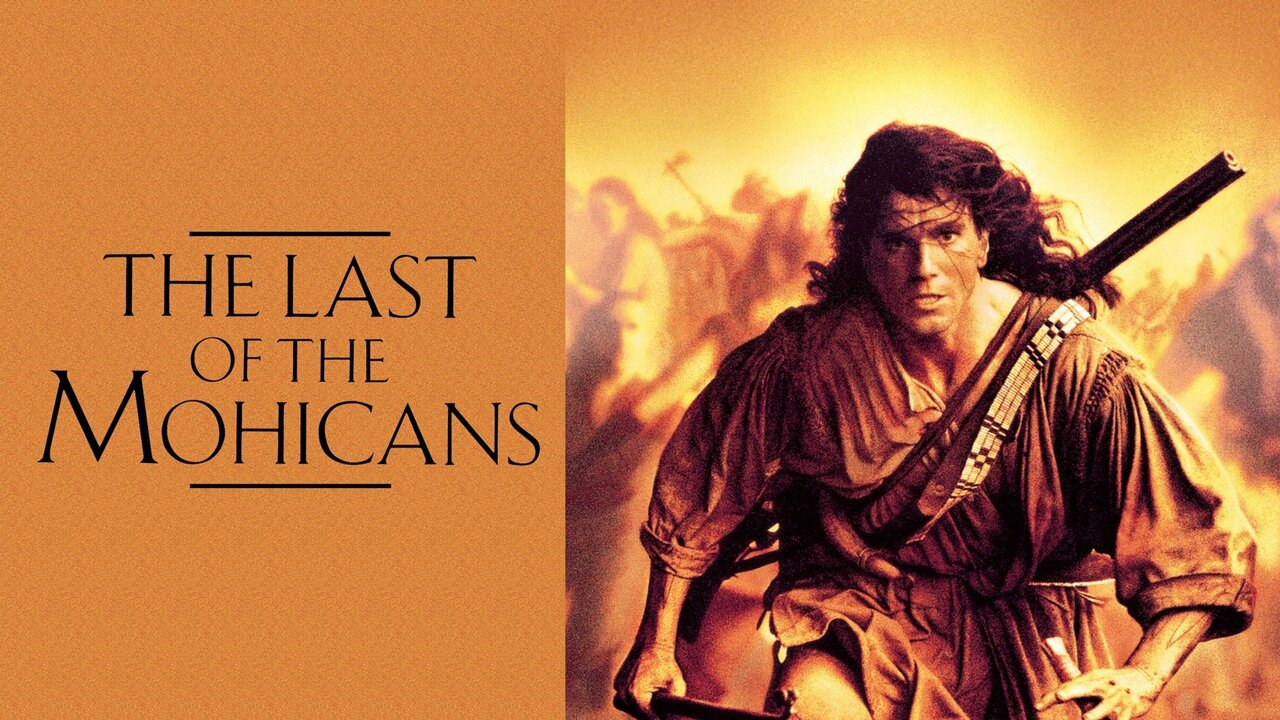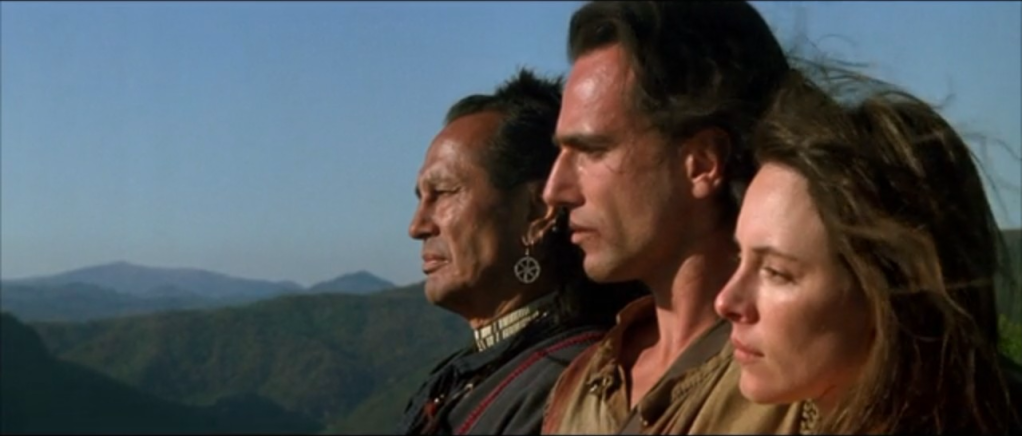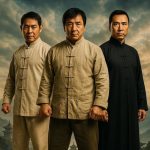The Last of the Mohicans (1992)

The Last of the Mohicans (1992) Set against the turbulent backdrop of the French and Indian War in 1757, The Last of the Mohicans is an epic tale of love, honor, and survival in a time of cultural collision and fierce territorial struggle. Directed by Michael Mann and inspired by James Fenimore Cooper’s timeless novel, the film weaves an unforgettable narrative of passion, sacrifice, and the relentless quest for freedom.
The story follows Hawkeye, or Nathaniel Poe (Daniel Day-Lewis), a white man raised by the last surviving members of the Mohican tribe—Chingachgook (Russell Means) and his son Uncas (Eric Schweig). When a chance encounter thrusts Hawkeye into the lives of Cora Munro (Madeleine Stowe) and her sister Alice (Jodhi May), the daughters of a British colonel, he becomes their protector. Their journey through the perilous wilderness draws them into a deadly game of survival, where love blooms amidst the chaos of war.
The film’s narrative explores the intersection of personal loyalties and larger historical conflicts. As Cora and Hawkeye’s relationship deepens, it defies the societal norms and prejudices of the time, embodying a universal yearning for connection in a fractured world. Simultaneously, Magua (Wes Studi), a Huron warrior driven by vengeance, emerges as a tragic yet formidable antagonist, his pain and motivations reflecting the broader cost of colonialism.
Visually, the film is a triumph. Sweeping shots of untamed forests, rushing rivers, and imposing cliffs transport the audience into a wilderness both beautiful and unforgiving. The cinematography by Dante Spinotti captures the raw, elemental power of nature, paralleling the primal emotions of the characters. Each frame tells its own story, with the natural world serving as both sanctuary and battleground.
Adding to the film’s emotional gravity is its legendary score, composed by Trevor Jones and Randy Edelman. The haunting melodies, particularly the iconic “Promontory” theme, echo the film’s themes of love, loss, and resilience. The music enhances every moment, from tender embraces to intense battle scenes, leaving a lasting impression on the audience.
Daniel Day-Lewis delivers a masterclass performance as Hawkeye, portraying a man of action and principle with unyielding intensity. His portrayal of loyalty and love is both raw and nuanced, cementing his status as one of cinema’s finest actors. Madeleine Stowe brings depth and strength to Cora, a woman caught between duty and desire, while Wes Studi’s portrayal of Magua adds complexity to a character often reduced to villainy, imbuing him with humanity and heartbreak.
At its core, The Last of the Mohicans is more than a historical epic. It is a meditation on the fragility of life, the weight of love, and the enduring fight for freedom in a world defined by its contrasts—beauty and violence, loyalty and betrayal, survival and destruction. The film captures the essence of a transformative era, where cultures clashed and identities were forged through fire.
Decades after its release, The Last of the Mohicans remains a cinematic masterpiece, resonating with audiences through its powerful storytelling, stunning visuals, and emotional depth. It is a film that not only entertains but leaves a lasting imprint, reminding us of the enduring human spirit in the face of adversity.











